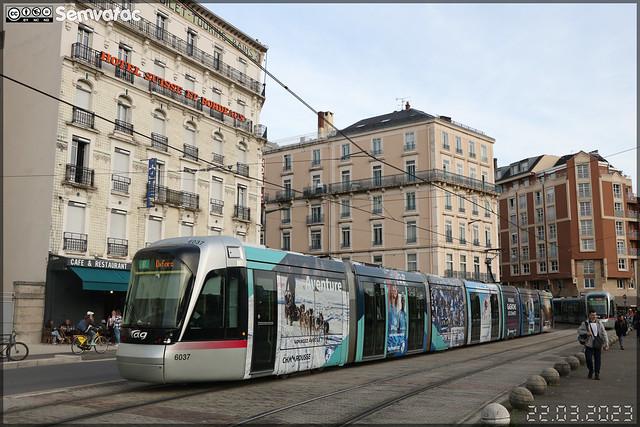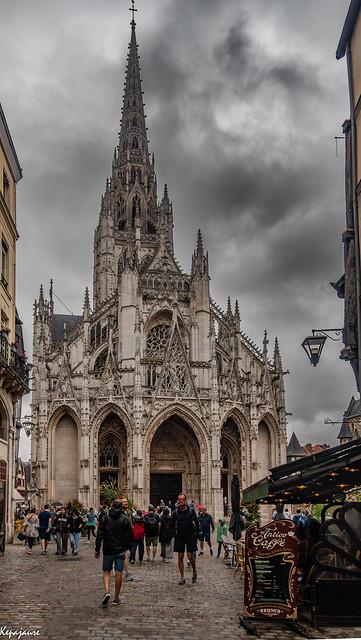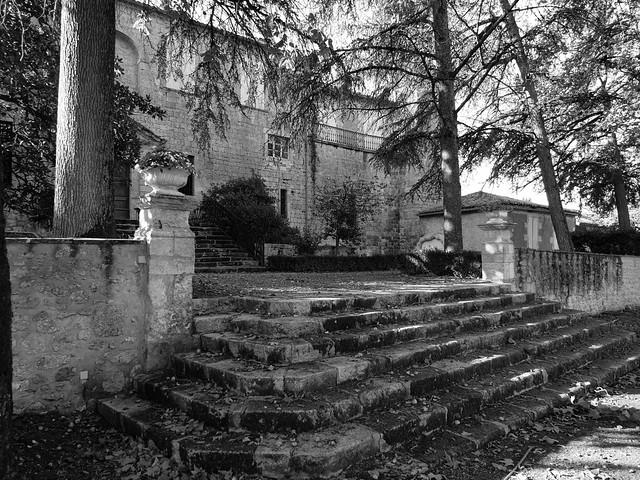Loire-Atlantique
Overview
Overview of Loire-Atlantique:
Loire-Atlantique, located in the western part of France, is a vibrant department that boasts a rich tapestry of history, culture, and natural beauty. It is part of the Pays de la Loire region and is distinguished by its dynamic cities like Nantes, which combines historical heritage with contemporary innovation. The region's unique identity is also shaped by its proximity to the Atlantic Coast, offering a blend of maritime culture and lush inland landscapes. Highlights include the Château des Ducs de Bretagne, the picturesque town of Clisson inspired by Italian architecture, and the lively cultural festivals that animate the area throughout the year.
High Season for Tourism:
The high season in Loire-Atlantique peaks during the summer months, from June to August, when the weather is most favorable. Temperatures range comfortably between 20°C to 25°C (68°F to 77°F), ideal for exploring the outdoors. This period witnesses a surge in activities, especially along the Atlantic coast where beaches like La Baule-Escoublac become hotspots for sunbathing, swimming, and water sports. Inland, the summer is perfect for biking along the Loire River, visiting vineyards, or attending outdoor music and food festivals, which vividly showcase the local culture and cuisine.
Preparation for Travelers:
Before heading to Loire-Atlantique, travelers should prepare adequately to make the most of their visit. It’s wise to book accommodations in advance, especially if planning to travel during the high season when places can fill up quickly. Understanding some basic French phrases can be incredibly helpful, as it enhances interaction with locals and enriches the cultural experience. Packing should include versatile clothing options for fluctuating temperatures and comfortable shoes for walking. Lastly, consider purchasing a travel guide or downloading a travel app that includes maps and information about local attractions, which can be invaluable for navigation and discovering hidden gems in the region.
How It Becomes to This
History not available

You May Like
Explore other interesting states in France









